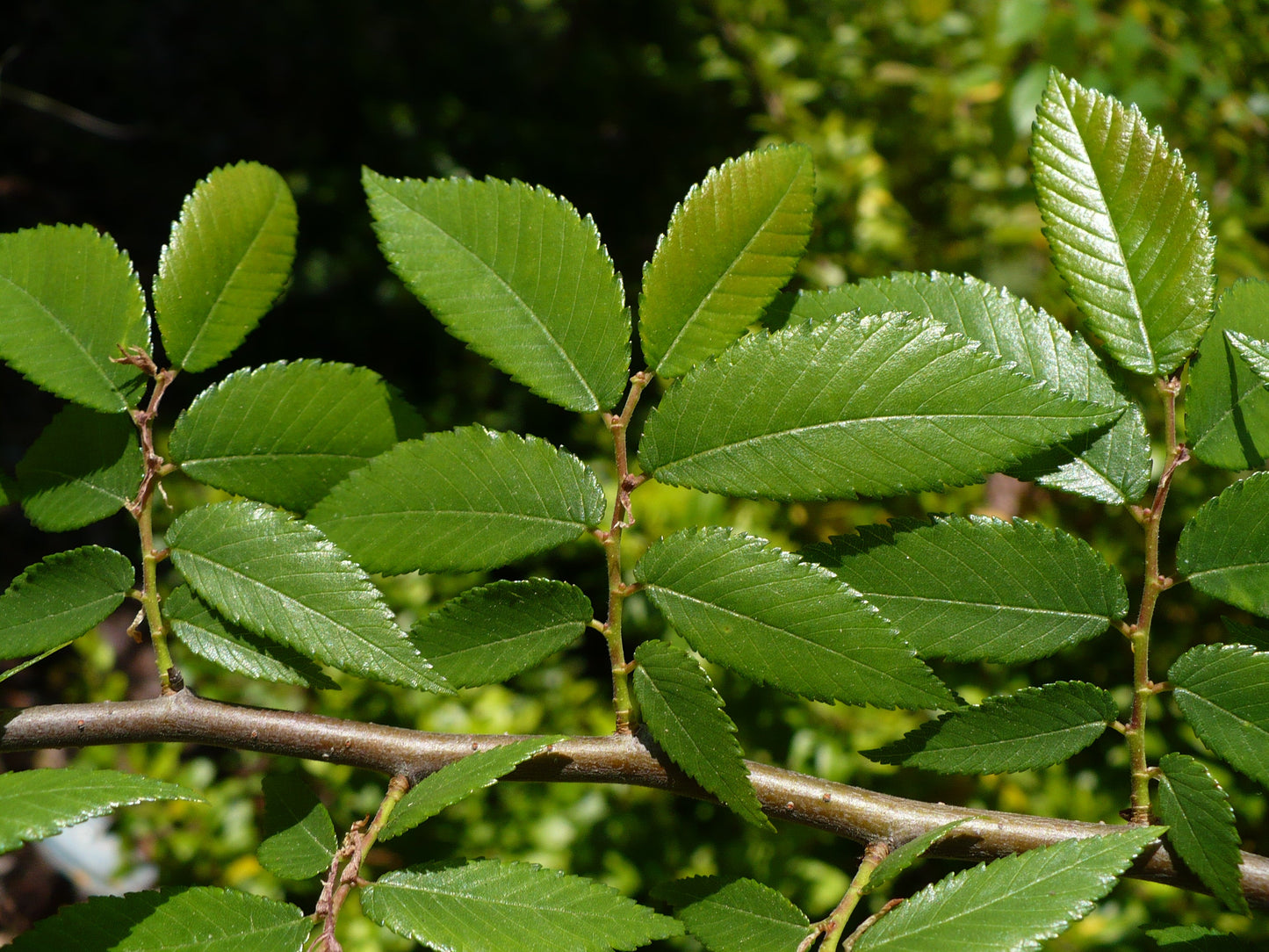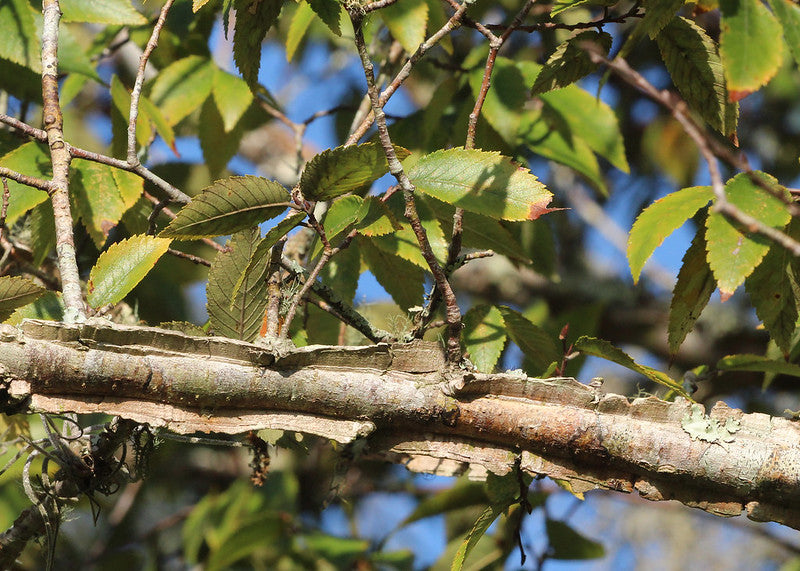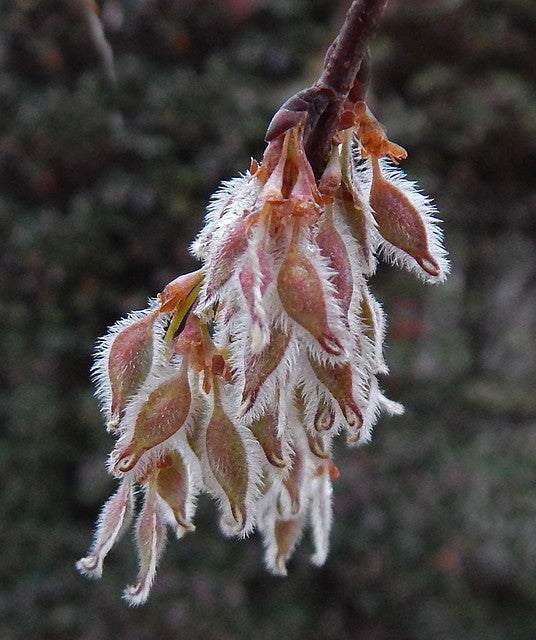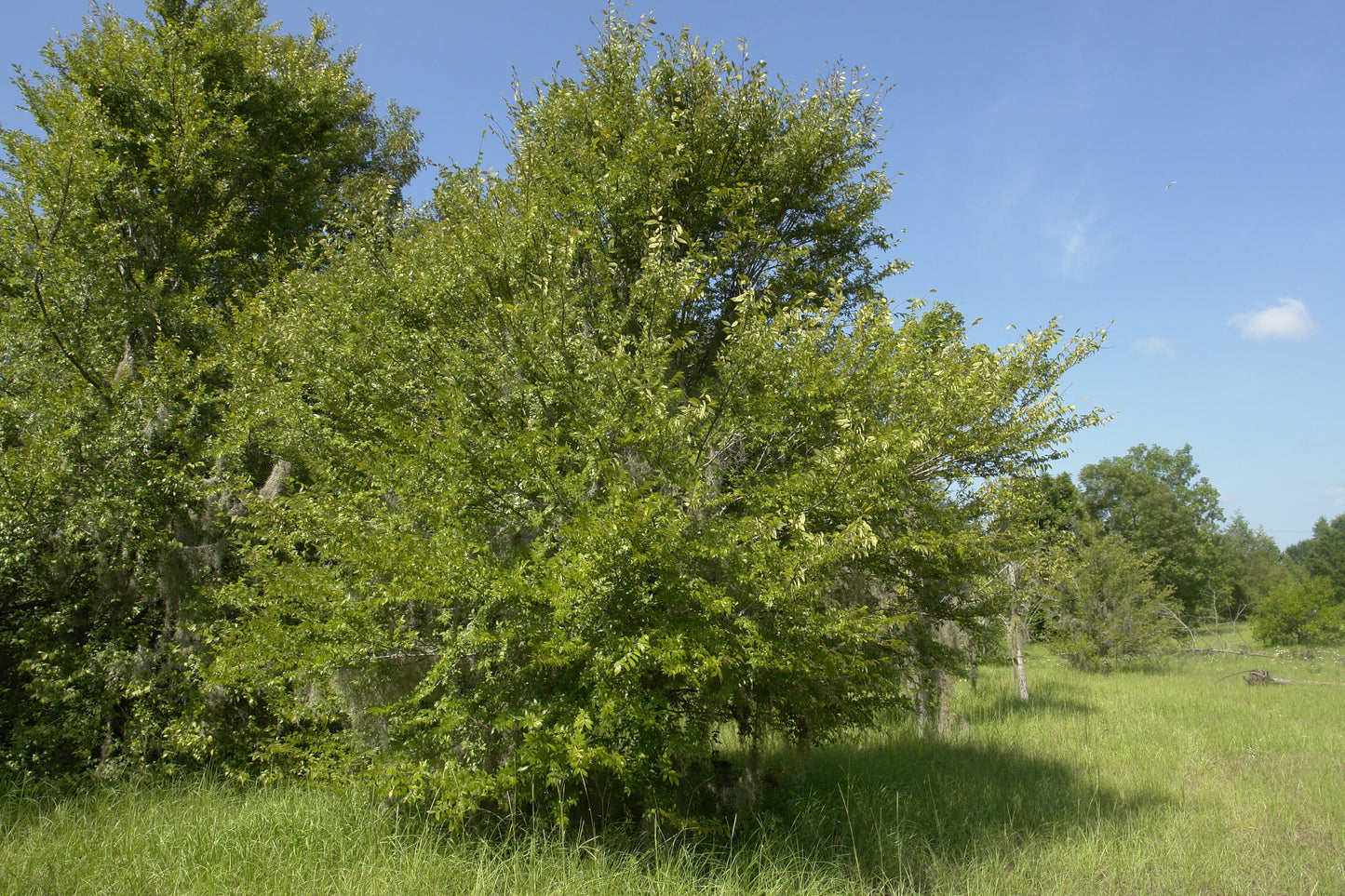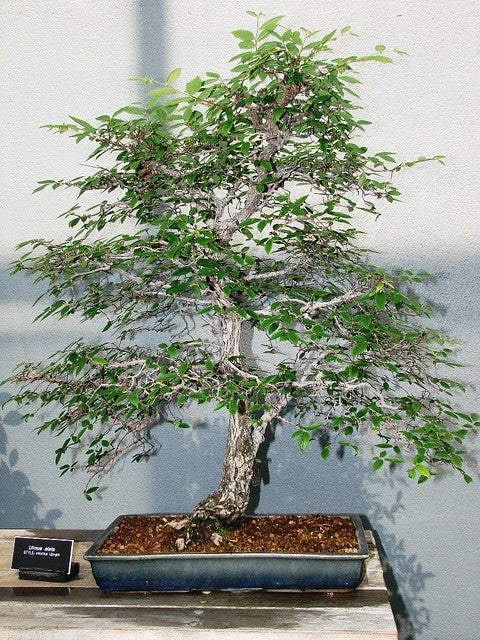Floridaseeds
Winged Elm Ulmus alata 500 Seeds USA Company
Winged Elm Ulmus alata 500 Seeds USA Company
Couldn't load pickup availability
Ulmus alata, commonly known as the winged elm, is a deciduous tree native to eastern and central North America. Here's a description of Ulmus alata:
Appearance: The winged elm is a medium-sized tree that typically grows to a height of 40 to 50 feet (12 to 15 meters), with a spread of 30 to 40 feet (9 to 12 meters). It has a rounded crown with spreading branches and a moderately dense canopy. The most distinctive feature of Ulmus alata is its corky wings or ridges that develop along the branches and twigs, giving the tree its common name. These wings are most prominent on younger branches and provide added interest to the tree's overall appearance.
Leaves: The leaves of Ulmus alata are alternate, simple, and ovate to elliptic in shape, with serrated margins. They are dark green and rough-textured on the upper surface, while the lower surface is paler and may have small hairs. The leaves turn yellow in the fall before dropping for the winter.
Bark: The bark of the winged elm is grayish-brown and deeply furrowed, becoming more pronounced with age. It provides an attractive contrast to the tree's foliage and adds to its visual appeal.
Habitat: Winged elm is typically found in a variety of habitats, including bottomlands, floodplains, and upland woods. It is adaptable to a range of soil types, including clay, loam, and sand, and can tolerate both wet and dry conditions. It is often found growing alongside other hardwood species such as oak, hickory, and maple.
Ecological Importance: Ulmus alata provides valuable habitat and food sources for wildlife, including birds, squirrels, and small mammals. The seeds are eaten by birds and small mammals, while the foliage serves as food for various caterpillars and other insects.
Landscaping Uses: Winged elm is valued in landscaping for its attractive foliage, interesting bark texture, and relatively small size compared to other elm species. It is often planted as a shade tree in parks, gardens, and along streets and highways.
Materials
Materials
Shipping & Returns
Shipping & Returns
Dimensions
Dimensions
Care Instructions
Care Instructions
Share
